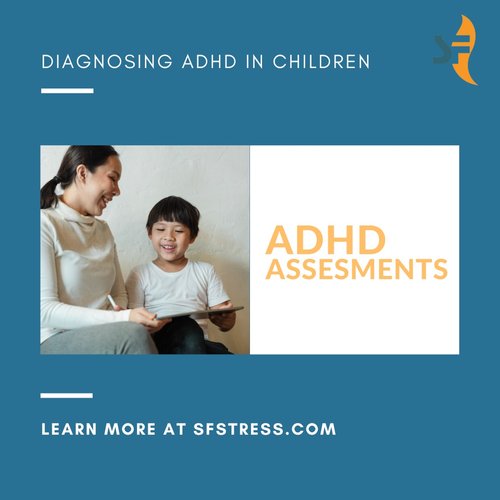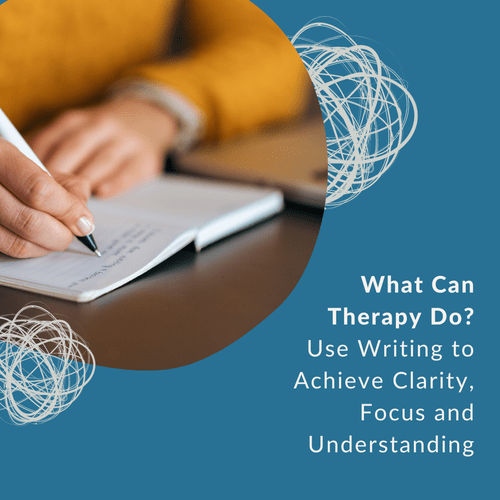Across the country, people are being asked to work from home, universities are switching to virtual classes and large gatherings are being canceled. These are key strategies to prevent transmission of the coronavirus, but they can come at a social and mental-health cost: furthering our sense of isolation from one another and making us forget that we’re in this together.
As humans we are wired to be social creatures, coming together is often how we cope when a big disaster happens. Now, we’re being told to cope with this… by staying away from each other. Because social contact is such a fundamental human need, we can suffer both mentally and physically without it.
The goal of social distancing these days is to be separated, but not lonely. Here are some ways to remain social and combat loneliness during social distancing.
Make your social life a virtual one
Investing in our relationships is one of the most important things we can do for our physical and emotional health—especially right now. Having close connections boosts our immune system, protects us from chronic health conditions, elevates our mood and helps us cope with stress…the very benefits so many of us are searching for as we shelter ourselves at home.
Instead of rapidly scrolling through though Facebook superficially commenting on posts, make a point to have meaningful interactions with just a few people. Be creative. Download an app you can play with friends, set up a virtual lunch date or ‘happy hour’ with friends or coworkers, even Netflix has an option to watch movies simultaneously with friends. As we are all working to be responsible and keep others at a safe distance, it’s equally important that we find ways to stay connected.
Do Something Comforting
Comfort is useful in coping with depression because it is a form of relief from the symptoms of depression. Feeling comforted means that you feel less of a negative feeling. Finding ways to give yourself comfort even when you are feeling lonely or depressed can help to improve your mental health. Below are some ideas of “comfort measures” that you can take even if you are alone.
- Take some time for self-care. Put on a face mask, take a long bath, do what makes you feel pampered
- Put on your headphones and listen to music that makes you feel good
- Cook healthy comfort food
- Revel in the joys of escapism. Give yourself permission to dive into your favorite shows on Netflix that make you smile
- Have a cup of herbal tea and give yourself permission to relax even for just a few minutes
- Light candles and cuddle up with a pet
- Download a mediation app or follow a virtual mediation session
Give yourself permission to take care of yourself. Even amidst a pandemic, it’s okay to put things aside. Taking time to invest in you is important.
Keep your sense of humor
Humor can help you cope. We’re all dealing with a difficult situation that none of us have ever faced before. It can be very challenging trying to adjust to this ‘new normal’ we are currently living in, but a little bit of laughter can make your days not quite so dreary. Life is more pleasurable when you keep positive and enjoy yourself despite the odds.
Keep sending memes to your friends. Don’t stop watching really silly movies. It’s okay to laugh at some parts of your situation, which is unprecedented. It is very easy to be very serious about everything right now. Of course, this is serious. There are people who are sick and people who are dying. But if you look throughout history, the worst situations, the people who get through it feeling best from a mental health standpoint are those who keep their humor.
Distract Yourself
Another way to boost your mental health is to find healthy distractions. This might come in the form of art, watching shows, listening to ebooks, or finding other activities that interest you. Below are some ideas to help.
- Take a virtual exercise class
- Listen to audiobooks or podcasts on topics you like
- Watch TED talks on Youtube about things that interest you
- Watch documentaries on topics you’ve wanted to catch up on
- Use this time to learn a new language or computer program- there are many free courses available online
- Play games that engage your mind such as Sudoku, crossword puzzles, solitaire, or online chess
- Organize. A very good way to distract yourself productively is to do something to better organize your life. Cleaning your house can be an incredibly empowering thing to do, especially when you are feeling bad
Stay positive
When the news is mostly doom and gloom—as it has been since the outbreak of the coronavirus— it’s hard for even the most optimistic among us to stay positive.
Although it may seem frivolous to prioritize happiness during a crisis, we will still experience positive moments in our day-to-day lives, and there are several reasons why we should consider embracing those experiences. A positive attitude can go a long way in managing chaotic situations and display some sort of resolve against the odds. Accentuate the positives and focus on what you are able to do during this time.
In times of constant negative messaging, you need an antidote so that you can keep your positive attitude and march forward with determination and hope. Be deliberate in activities that are positive, heartwarming, stress-reducing and laughter-inducing! It’s going to be difficult at times, but we’ll get through this.







